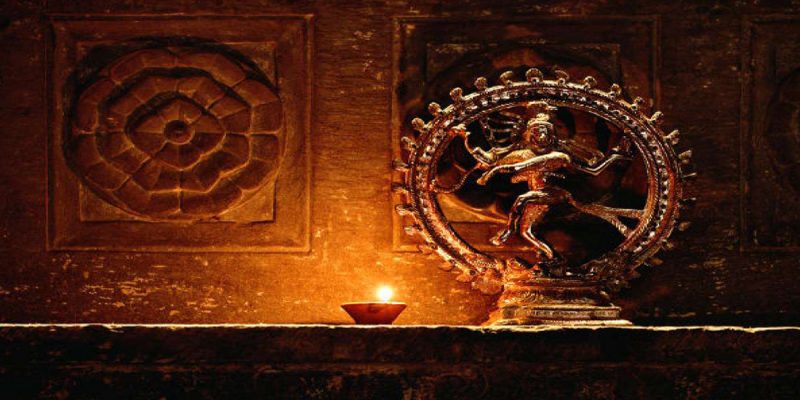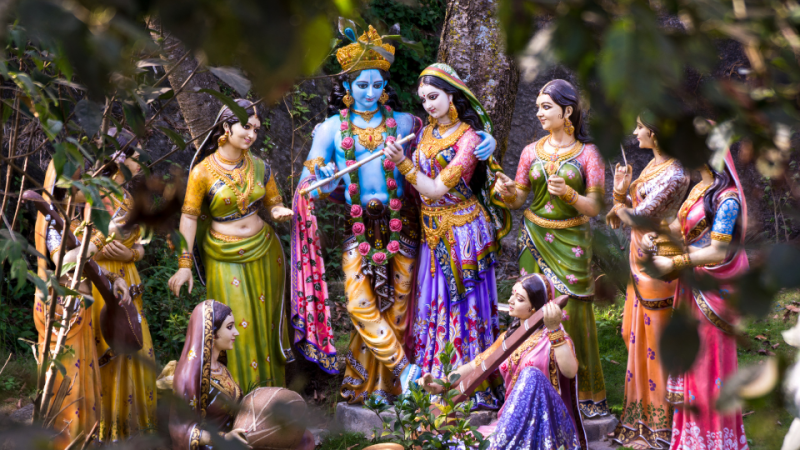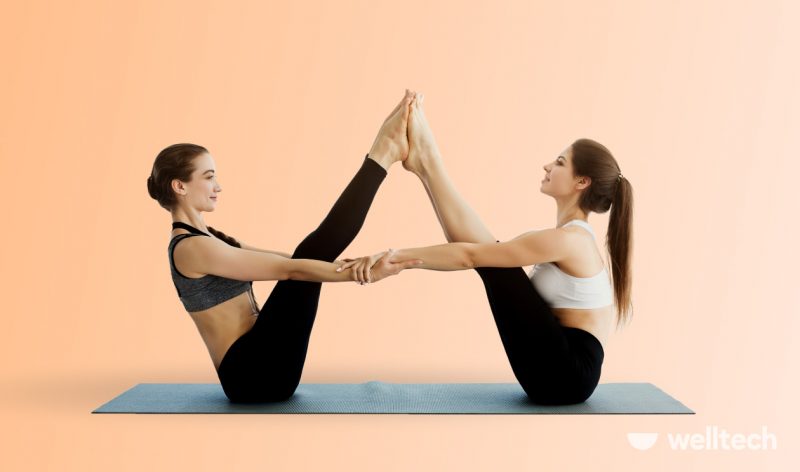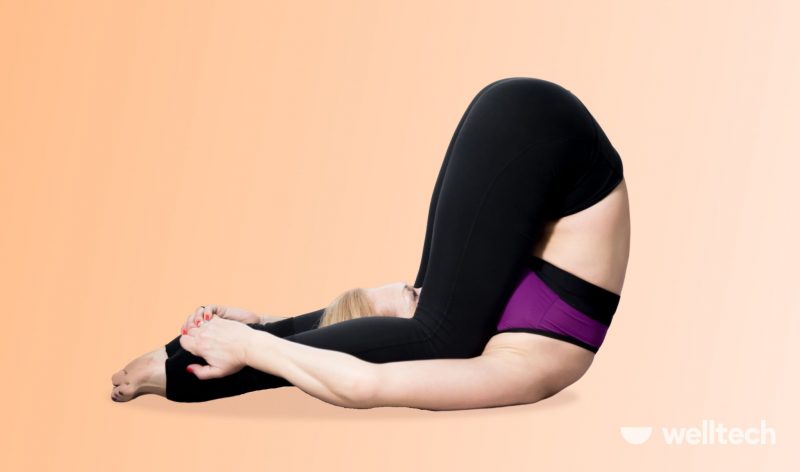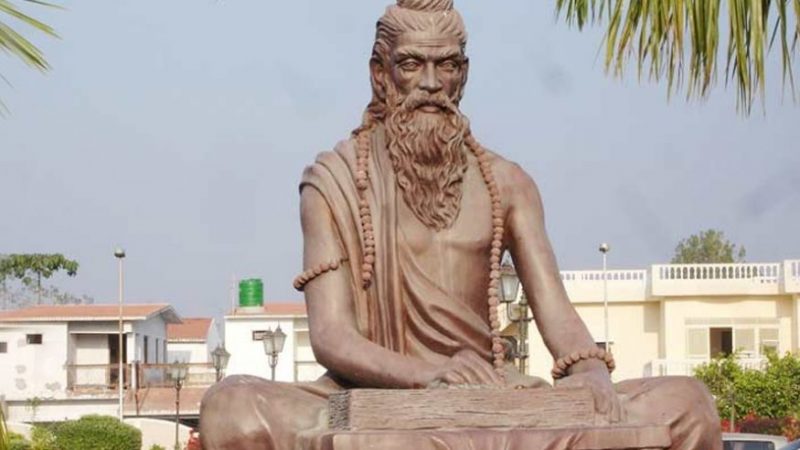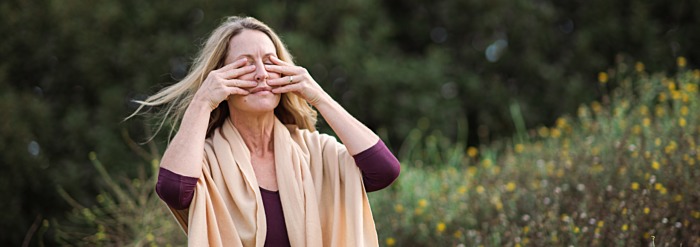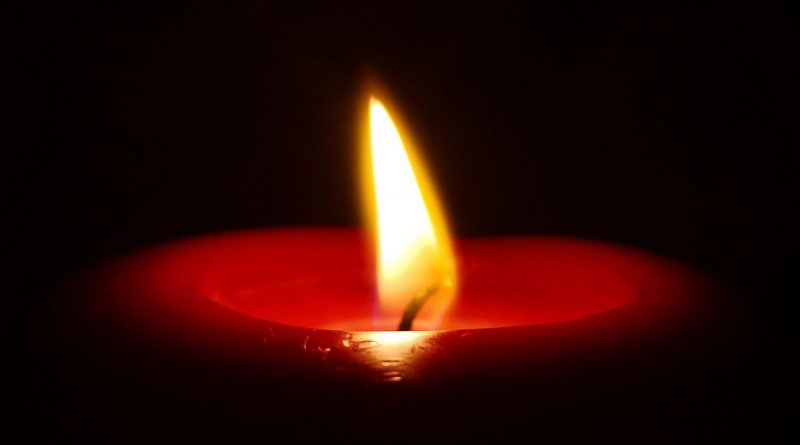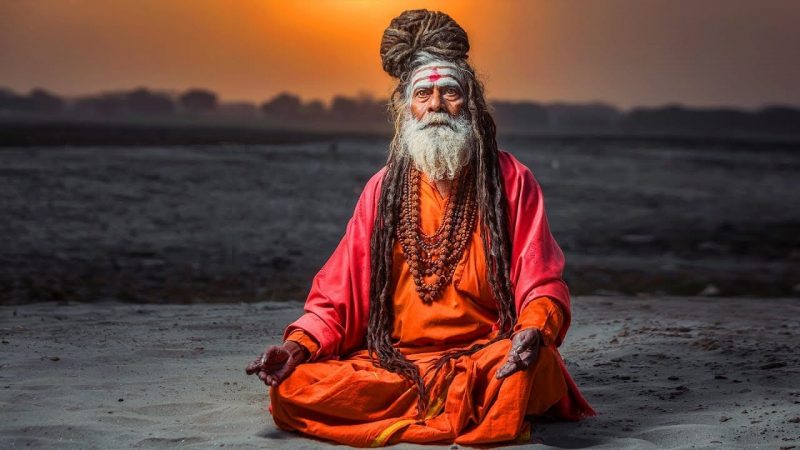The Eight Limbs of Yoga for Summer 2023
Over the summer of 2023 I wanted to share something deeper with you in our yoga classes in Dorset, I felt it would be lovely to share the Eight Limbs Of Yoga in more detail and so each week, for 8 weeks I will be working through each ‘limb’ or ‘branch’ to give you more insight into this ancient philosophy.
To join my classes please see the weekly timetable and booking system here
The eight limbs of yoga or the eight-fold path were written by Patanjali over 5000 years ago. They offer us a guide to finding meaning and purpose in life. Over the next eight weeks we will be looking at each limb. Studying a little more in depth helps us to understand more about the yogic path and how it can help us to grow as healthy humans and evolve as spiritual beings.
The eight limbs translate to ashta-eight and anga-limb Ashtanga!
- Yama – moral and ethical restraints and social discipline
- Niyama – spiritual observances and self discipline
- Asana – postures
- Pranayama – control of life energy through the breath
- Pratyahara – mind withdrawal from the senses
- Dharana – concentration
- Dhyana – meditation
- Samadhi – ecstacy, enlightened union with the Divine
Week One
The First Limb – Yama
Yama and Niyama have ten principles or ‘commandments’ within them, but a lot lighter and broader than the Christian versions. The Yama and Niyama are universal and perhaps could be seen as the foundation stones for many of the worlds religions. The Eight Limbs are not religious at all, they are guidance.
There are five Yamas around restraints and social disciplines, ways to live. Yama means restraint.
Ahimsa
Non-violence, non-injury, non-harming, affirming our oneness with all life, by being kind, compassion and respectful to all living beings in thought, word and actions. Not causing harm or wishing harm distress or pain to any living being including ourselves or the environment. Also to not approve of another causing such harm. Ahimsa is not just non-killing, it to try to live in perfect harmlessness with positive love and respect for all life, not just in action but in thoughts and words as well. Ahimsa rises above anger, hatred, aggression, fear, jealousy, resentment, envy and attachment.
Satya
Non-lying, truthfulness, not to exaggerate, pretend, distort or lie to others, not to manipulate people for our own selfish concerns as this is against our true nature. Being honest with ourselves is the first step to self improvement and change. Its not possible to achieve self realisation or knowledge if we are sending our false messages about ourselves, we mustn’t deceive ourselves. Its still important to be thoughtful when speaking the truth to others. To live in truth you will have peace of mind, be free from fear, anxiety and worry.
Asteya
Non-stealing, the main reasons people steal are insecurity, greed or because of poverty and desperation. Greed and desire are the source of stealing, desire keeps us constantly looking to the future for fulfilment rather than the present moment. We can steal material things from others but also their time, affection, emotions, attentions, ideas and thoughts, all of this goes against Asteya as it is all to fulfil our ego, ‘I’, ‘I want’, ‘I need’ and ‘I must have’.
Brahmacharya
Non-sensuality, not running after pleasure. This literally means celibacy, being completely celibate gives a person great strength and focus on his higher spiritual self. This yama suggest finding balance, not being too obsessed with the senses and gratifying them but to sit in meditation and feel the oneness of life where there is great peace. Practice the middle path, in the Bhagavad Gita Lord Krishna advise us to follow the path of moderation:
‘Yoga is not for those eat too much or eat too little, nor for those who sleep too much or sleep too little. But to those that are moderate in eating, sleeping, wakefulness, recreation and moderate in all their actions, yoga will bring an end to all sorrow. Those souls who have learned to discipline their mind and remain calmly established in the self, free from attachment to all desires, attain the state of union.’
Aparigraha
Apara means ‘of another’ and agraha means ‘to crave for’, Aparigraha means ‘ without craving for what belongs to another’, or also not hoarding or accumulating.
Being attached can often mean people manipulate others through fear of losing the desired object. Problems arise when we cling wo what we think or security depends on ‘my whole life depends upon that person’, my security comes from being in this job, owning this house, being with my family’. This gives us a false sense of security by placing our power in transitory things or always wanting more. There is no need to strive to possess anything beyond the basic requirements for a comfortable life. True security is in the love in our hearts, our generosity and in giving unconditionally without demanding anything in return.
WEEK TWO
The Second Limb – Niyama
The Second Limb – Niyama
The Five Niyamas are to do with spiritual observances and self discipline.
Saucha – Cleanliness, Purity
Saucha means internal and external cleanliness, purity in thought, word and action. When we practise Saucha we are clearing and cleaning ourselves to allow more of our Light to shine through. We keep ourselves pure in mind and emotion and keep our environment ordered and clean. We treat the body as our temple. Physical cleanliness means to avoid excessive intoxicants or stimulants, to use purifying techniques like fasting, asanas, pranayama. Mental cleanliness could mean meditating and avoiding filling the mind with anything toxic like violent films, keeping company with negative toxic people etc. Environmental cleanliness means keeping our homes and workspace clean and fresh so energy can flow freely.
Santosha – Contentment
To practice Santosha we are happy and balance, content with what we have and the way things are. Living with awareness of the present moment, happiness is independent of our circumstances and does not depend on our external situation at all. We do not let our desires control us or get carried away wanting things, we are still within and calm, peaceful, we surrender to Gods will, we are non-attached to people, places or things, we live simply and we learn from our experiences.
Tapas – Austerity
Tapas means heat, inner fire, where there is heat there is also energy, which bring strength. Austerity or self-discipline destroys all impurities of the mind, said Patanjali in the Yoga Sutras. Austerity in yoga is not penance but to find a true balance between indulgence and abstinence. Using yoga disciplines to purify our minds and help us to selfless service to others and bring a positive contribution to life. The word yogi means one who practises meditation on the self within, who is self-disciplined, free from self-centred attachments, desires and egotism and who is contented and equal-minded.
Svadhyaya -Self Study
By study of scriptures and oneself one is united with that loved aspect of divinity, Patanjali.
Svadhyaya also means the study of scriptural texts and silent recitation of mantras. Both to be practised in a meditative and concentrated state of absorbed awareness. In self study we learn not by gaining intellectual knowledge but by standing back to observe and study the studier. We observe our thoughts, feelings, behaviour, desires, motives and attitudes we can then see the delusions, false attachments and ignorance that prevent us from realising our true nature.
Ishvara Pranidhana – Surrender!
My favourite Niyama! By total surrender to God one attains perfection Patanjali. This Niyama means to completely surrender to the divine plan, to all things and to all that is happening to and around us. In complete trust that all is well and that we are being taken on a journey that will help us to evolve and grow. This Niyama has been my mantra for many years as I have worked through many challenges and I continue to live by it daily.
I give you myself, my body, my mind and heart, to do with as you see best.
Victory over mind and its afflictions can also be gained through complete surrender to God, the inner guide.
WEEK THREE
The Third Limb – Asana
Asana means posture or seat. Patanjali only discusses yoga asana in three of his many yoga sutras and he does not talk about the many different styles of yoga that we now know in the West.
Posture is an attitude in which the body is kept steady (motionless) while producing a feeling of ease.
Unsteadiness in the body or its limbs is an indication of the unsteadiness of the mind
Patanjali does not describe any particular yoga postures but just the importance of being able to hold the body motionlessly in preparation for sitting for long periods of time in meditation. If the body is restless the mind will also become restless. For the mind to become still and quiet, the body needs to be trained to make it steady with ease and comfort.
The roots of yoga come from Hatha Yoga, Ha meaning sun and Tha meaning moon. The aim of Hatha yoga is to balance, integrate and harmonise these 2 energy flows in the body, sun, male, heating, positive and moon, female, cooling and negative. When balanced they create mental calm, vitality and inner balance.. It is also the aim of Hatha to purify the physical body from toxins, waster matter and disease, to free body and mind from tensions and tao make the body strong, firm and supple. All of this is important so we can sit for many hours in peaceful meditation.
The ancient yogis created the asanas simply to allow them to master the body so it could sit in meditation for often 10 hours or more, at a time. The true purpose of the yoga postures and other yoga practices is to awaken and harmonise the inner source of energy and direct it toward the higher brain centres to expand ones awareness and consciousness.
There were 84,000 asanas originally, we now only know perhaps 100 postures.
An advanced yoga student would not necessarily demonstrate this through their challenging postures but through the inner changes that will have taken place over years of committed practice, calm, steady gaze, sparkling, aware eyes, soft, mellow, resonant voice, clear skin, strong, firm, supple body, vitality and energy, lack of restlessness in meditation in the body, concentration, positive, enthusiastic attitude, cheerfulness, physical and mental relaxation, good digestion and elimination of toxins.
An advanced yogi understands the limitations of the body and is able to be without frustration at what the body can and can not manage in the asanas, accepting that each body is different and that time and age bring many changes to the physical body.
WEEK FOUR
The Fourth Limb – Pranayama
Pranayama is a sanskrit word, Prana means the subtle life force energy which runs through the body and mind, Ayama means the voluntary effort to control or direct this Prana.
Pranayama is the process by which the Prana is controlled by regulating the breathing voluntarily. The basic movements of breath are exhale, inhale and retention of the breath.
Having established a firm, steady, posture, one then regulates the life-force by natural voluntary suspension of the breath after inhalation and exhalation – this is Pranayama. Yoga Sutra 2:49
Simply Patanjali tells us to exhale and retain the breath. The Hatha yogis tell us that to hold the breath out, the mind will think of nothing at all but the fact the breath is being held out. So when we retain the exhale our minds are in suspension, it loses its fuel, it is no longer distracted and it becomes quiet.
During deep meditation, the breath naturally becomes suspended for short periods of term, it is in this interval that we find pranayama . To the meditator in deep meditation there is no sense of time, the mind is still and in that deep peace there is joy and bliss.
Patanjali goes on to describe three types of pranayama:
Bahya Kumbhaka a pause after a very slow and prolonged exhalation
Abhyantara Kumbhaka a pause after a deep, prolonged inhalation
or a prolonged pause in between the inhalation and exhalation.
Prana is the vital energy of the universe, it is known in China as Chi, Japan as Ki and in the West as Spirit. Working with the breath we are trying to still the mind, trying to control the mind and suspending mental activity and the ego. With the mind still and the breathing calm, our inner light can begin to shine more radiantly.
Patanjali pictured above.
WEEK FIVE
The Fifth Limb – Pratyahara
Pratyahara is the last of the 8 limbs that deals with the body and the brain, the first 5 limbs deal with the outer phase of yoga, the final three deal with the inner phase and with changing the mind.
Pratyahara is about bringing the attention inwardly. Also known as the withdrawal of the senses, when we are focused on what we can see, what we can hear, smell or touch we are drawn out of ourselves, in this limb we are drawn to the inner.
Through the practice of asana and pranayama the mind is guided inwardly being totally aware of the breath. Pratyahara brings total attention into and within oneself.
Pratyahara is the interiorization of the mind, by reversing the senses outward attention from eternal objects to their source within (the divine self) Patanjali 2:54
By conscious interiorization of the mind, the senses function intelligently and in harmony without ego-mind interference. One acquires complete mastery over all the senses. 2:55
A true yogi is able to experience pure joy and bliss from the divine source within, they can do this consciously at will, whereas another person may need external source through the senses to experience anything close to such joy and inner peace. A yogi does not need alcohol, caffeine, drugs, television, sugar, sex or other ego neediness to experience inner peace.
Yoga nidra is one of the best techniques for experiencing Pratyahara. During yoga nidra, we are in a state of complete relaxation on all levels, brainwave patterns then start to change and slow down, from busy beta level to a deeper, slower alpha level.
Other ways to practice Pratyahara are, pranayama, various inverted yoga poses such as sarvangasana (shoulder stand) halasana (plough) and karnapidasana (ear-knee pose) which we often practice after halasana, repeating mantra and chanting Kirtan.
WEEK SIX
The Sixth Limb – Dharana
Once the senses are mastered through Pratyahara the next stage can begin, interiorization of the mind. Dharana means to calmly focus the attention of the mind on one point at the exclusion of all else, concentration. Dharana come from the word dhri which means to hold firm.
Concentration is the binding of the minds attention (focused awareness) to one particular point (to the exclusion of all else). Yoga Sutras 3:1
This kind of attention is not like the concentration we are used to, when we are focused on a task but our mind is still able to wander and feel distracted. We may be concentrating on driving the car but still miss the turning or reading a book but thinking about what we have to do tomorrow all at once. Dharana means to one-pointedly focus on an internal or external object. Internal objects are points in the body, the navel, heart, spiritual eye between the eyebrows and external objects are an idea or image that the minds attention is calmly focussed on from within.
Simple awareness on our lack of awareness is the awakening of awareness.
In the yogic sense, concentration is not created by effort or tension but through relaxation and ease.
How to achieve Dharana:
Relax the body and mind
Steady the body and mind, practice yoga asana
Calm the breathing, practice pranayama
Cultivate willingness
Cultivate interest and attention
1 Relax the body and maintain a firm and steady asana
2 Relax your mind, calm your breath and control your life-force with pranayama
3 Still your sense by reverting them back, inwardly to their source through pratyahara
4 With the thoughts diminished, calmly focus the mind on one point of concentration
In deep one-pointed concentration there is no consciousness of the body, time or surroundings, once begins to realise the omnipresence of the divine source.
Become aware of the breath and practice pranayama, move to bring the focus to the spiritual eye, the point between the eyebrows, chant a mantra such as Hong Sau the spiritual sound of the inhale and the exhale, candle gaze and enjoy the peace.
The Seventh Limb – Dhyana Meditation
The first stage of meditation is Dharana, concentration, the second is Dhyana, meditation.
The difference between these two, is that in Dharana we are completely focused on concentrating on an internal or external object, eg: the candle flame and we are aware of ourselves focussing. In meditation we are not aware of anything and there is no focus, just complete absorption. In meditation there is no distraction at all, if we are aware of distraction, from thoughts in the mind, external noises etc, then we are only concentrating.
Someone who is meditating would not be distracted by any external disturbance at all. This is why meditators can practice anywhere, anytime, without need for quiet around them etc.
Meditation, like most spiritual practices, including yoga etc, is not easy and takes practice. People often give up and say they just can’t do it, but if we commit with an open hearted willingness to explore and surrender to the journey, we will get there eventually. How long it takes, it is not possible to know, we just try to enjoy the process and give it the commitment.
Meditation can help us to calm the mind, relax and release stress. It can also help us to spiritually awaken and sometimes open up in the third eye and become connected to our third eye centre for greater guidance and wisdom to come through.
To become self-realised and connected to God, to move beyond the limitations of our mind and ego and to become at one with a consciousness that exists beyond this contracted reality. Our mind and ego keep us very small and limited on what is available to us as human beings, meditation takes us beyond!
To begin a meditation practice:
- set a space at home that you can use daily for meditation, create an altar/shrine with any diety/saint/ascended master or your guru, candles, crystals, flowers, use essential oils etc (frankincense, myrrh, cajeput, mugwort etc all help us connect)
- Set a time, twice a day if possible when you will meditate (12pm, 6pm, 12am, 6am are auspicious times) In India 4am-6am is considered the best time brahmamuhurta when the mind is most peaceful and the atmosphere on earth is at its most still.
- Sit cross legged, or lotus pose or on a chair with a tall spine.
- Begin with just 5-10 minutes and build up. Increase to 20 minutes twice a day over a few weeks.
- Find a meditation method and stick to it.
- Perhaps work with some asana and pranayama, then some pratyahara-dharna, focus on the breath or cancel gaze, then move to meditation, still sitting for the allotted time you’ve given yourself
- Try Zazen – counting 1-10 on each exhale.
- God can manifest in one of 8 ways, Light, Sound, Power, Wisdom, Calm, Peace, Love & Joy
- when you are in deep meditation and experience one of the above your consciousness becomes expanded and attuned to God
- Surrender completely and ask for help, pray to God for support and help in you being able to attune, God will respond when we made an effort to reach out.
- Don’t be put off, keep going back to sit. Go through the steps to reach Dhayana and enjoy the process. if thoughts continue to arise, let them go, do not follow them or become absorbed in them.
- If you are not prepared, through steady, firm, soft posture at ease in body and mind, it will be hard.
Keep Trying! Don’t give up and the rewards will far out way the commitment and practise needed.
WEEK EIGHT
The Eight Limb – Samadhi Bliss Joy Oneness
Samadhi – to gather or bring together’ ‘ unification of the mind’ or roots sama, meaning “equal,” and dhi, meaning “consciousness,”
Samadhi can not be practised, it happens spontaneously during meditation if we practice regularly.
Samadhi takes us into pure awareness and consciousness where we feel we have transcended the limitations of the body and ego mind.
3 stages in Hinduism:
- 1. Laja samadhi: This early stage manifests itself as a trance-like state of peace during deep meditation.
- 2. Savikalpa samadhi: In this state, you have the power to control any thoughts without allowing them to affect you. You may experience the feeling of bliss, but you are still aware of the meditation process and can not completely let go of your consciousness.
- 3. Nirvikalpa samadhi: This is the stage of complete absorption when your body, mind, and object of meditation become one, and your connection to the material world ceases to exist. In some Hindu yoga traditions, this highest state of samadhi is called sahaja samadhi or asamprajnata samadhi.
4 stages in Buddhism
- 1. The first jhana: This first state involves a detachment from the external world and an experience of jubilation and calmness.
- 2. The second jhana: The next stage brings a heightened experience of detachment from sustained concentration.
- 3. The third jhana: In this state, jubilation fades away and a sense of calmness remains.
- 4. The fourth jhana: This is the stage where calmness fades, and the mind reaches a profound state of equanimity.
Samadhi is a state, it is not permanent, and our focus as practitioners should be to return there time and time again through our yoga practice. We must surrender to the process not grasp at the goal and trust that it may come, or it may not but to enjoy the journey not just focus on the destination.
From Autobiography of a Yogi by Paramhansa Yogananda
“My body became immovably rooted; breath was drawn out of my lungs as if by some huge magnet. Soul and mind instantly lost their physical bondage, and streamed out like a fluid piercing light from my every pore. The flesh was as though dead, yet in my intense awareness I knew that never before had I been fully alive. My sense of identity was no longer narrowly confined to a body, but embraced the circumambient atoms. People on distant streets seemed to be moving gently over my own remote periphery. The roots of plants and trees appeared through a dim transparency of the soil; I discerned the inward flow of their sap.
The whole vicinity lay bare before me. My ordinary frontal vision was now changed to a vast spherical sight, simultaneously all-perceptive. Through the back of my head I saw men strolling far down Rai Ghat Road, and noticed also a white cow who was leisurely approaching. When she reached the space in front of the open ashram gate, I observed her with my two physical eyes. As she passed by, behind the brick wall, I saw her clearly still.
All objects within my panoramic gaze trembled and vibrated like quick motion pictures. My body, Master’s, the pillared courtyard, the furniture and floor, the trees and sunshine, occasionally became violently agitated, until all melted into a luminescent sea; even as sugar crystals, thrown into a glass of water, dissolve after being shaken. The unifying light alternated with materializations of form, the metamorphoses revealing the law of cause and effect in creation.
An oceanic joy broke upon calm endless shores of my soul. The Spirit of God, I realized, is exhaustless Bliss; His body is countless tissues of light. A swelling glory within me began to envelop towns, continents, the earth, solar and stellar systems, tenuous nebulae, and floating universes. The entire cosmos, gently luminous, like a city seen afar at night, glimmered within the infinitude of my being. The sharply etched global outlines faded somewhat at the farthest edges; there I could see a mellow radiance, ever-undiminished. It was indescribably subtle; the planetary pictures were formed of a grosser light.
The divine dispersion of rays poured from an Eternal Source, blazing into galaxies, transfigured with ineffable auras. Again and again I saw the creative beams condense into constellations, then resolve into sheets of transparent flame. By rhythmic reversion, sextillion worlds passed into diaphanous luster; fire became firmament.
I cognized the center of the empyrean as a point of intuitive perception in my heart. Irradiating splendor issued from my nucleus to every part of the universal structure. Blissful amrita, the nectar of immortality, pulsed through me with a quicksilverlike fluidity. The creative voice of God I heard resounding as Aum,1
the vibration of the Cosmic Motor.
Suddenly the breath returned to my lungs. With a disappointment almost unbearable, I realized that my infinite immensity was lost. Once more I was limited to the humiliating cage of a body, not easily accommodative to the Spirit. Like a prodigal child, I had run away from my macrocosmic home and imprisoned myself in a narrow microcosm.
My guru was standing motionless before me; I started to drop at his holy feet in gratitude for the experience in cosmic consciousness which I had long passionately sought. He held me upright, and spoke calmly, unpretentiously.
“You must not get overdrunk with ecstasy. Much work yet remains for you in the world. Come; let us sweep the balcony floor; then we shall walk by the Ganges.”
I fetched a broom; Master, I knew, was teaching me the secret of balanced living. The soul must stretch over the cosmogonic abysses, while the body performs its daily duties. When we set out later for a stroll, I was still entranced in unspeakable rapture. I saw our bodies as two astral pictures, moving over a road by the river whose essence was sheer light.”



